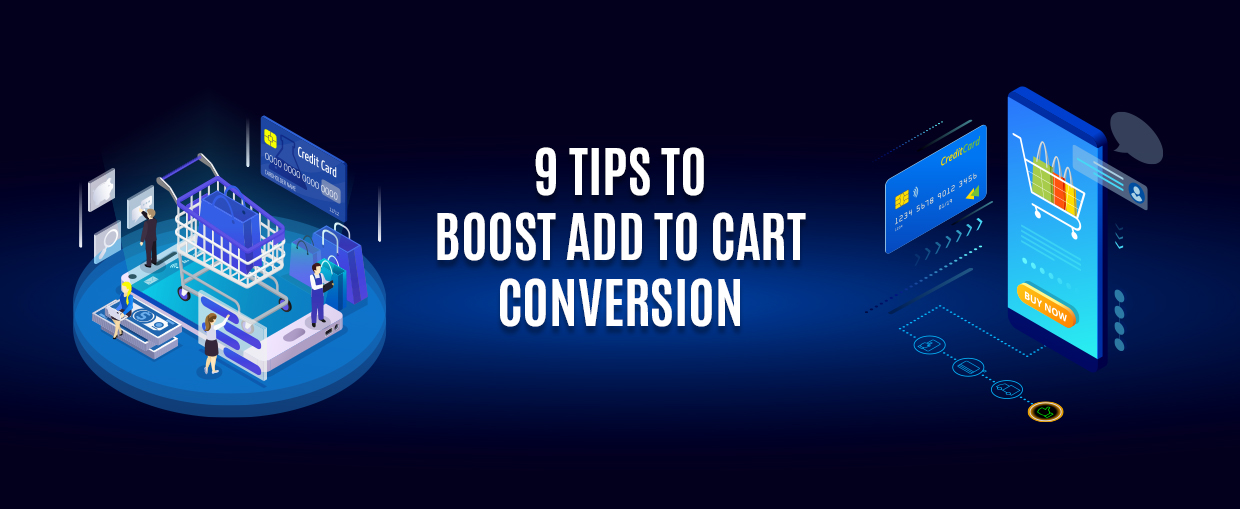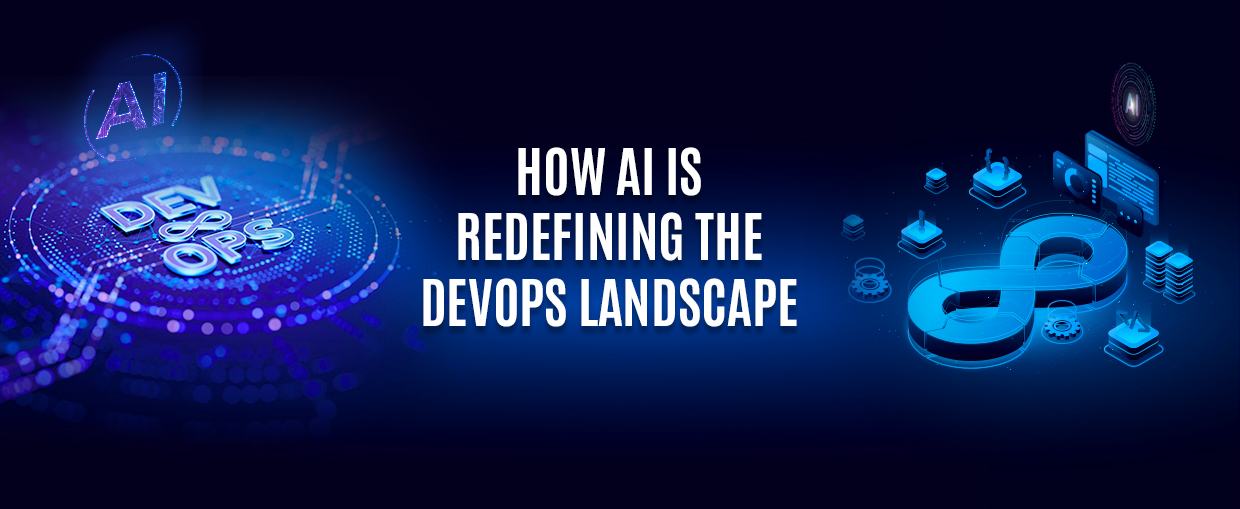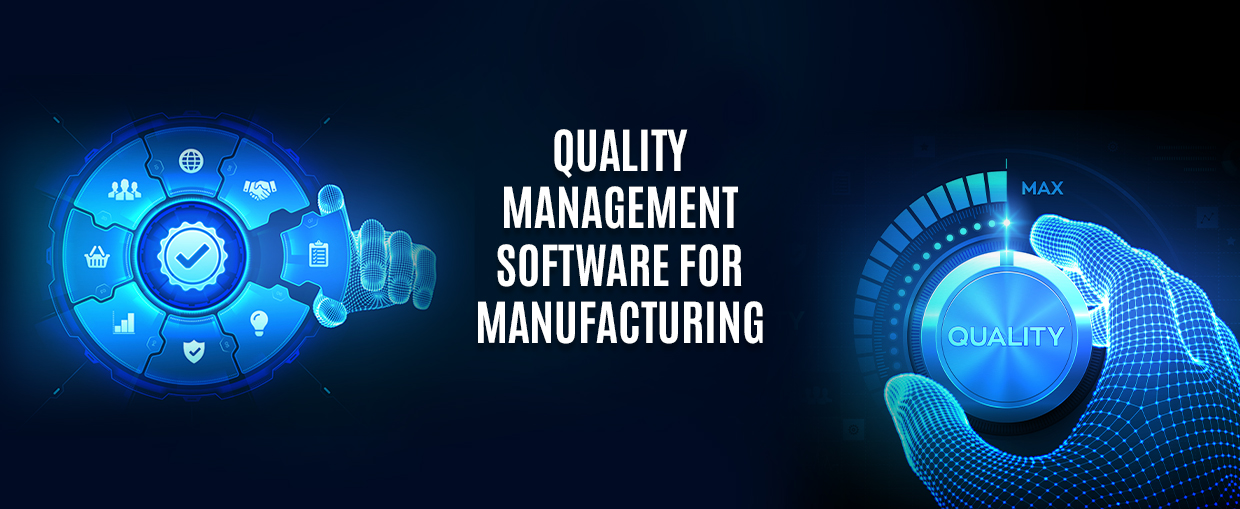The initial purpose of the agile methodology was to support development teams that were grouped and housed in the same physical office place. Because of the various benefits of the agile methodology, other departments began experimenting with agile work methods, which helped to popularize agile as a project management approach. Agile’s core principles are to break large project goals down into smaller sprints, effectively communicate, and interact face-to-face with team members.
However, in the last several years, a lot has changed. These days, organizations have remote teams that are frequently unable to connect in person. These employees involved in remote development can pick their workspace, set their hours, and achieve a better work-life balance. Remote teams enable businesses to save money on infrastructure, attract and keep top talent regardless of location, and increase productivity. Remote development has become increasingly common, with more software development teams operating in a distributed environment.
By putting agile methods into practice, remote teams can not only overcome their biggest challenges but also flourish. Let’s explore the fundamentals of agile before moving on to discuss how it could promote remote development.
Understanding Agile Methodology
The agile technique divides large project goals into smaller iterations known as sprints, which can vary in duration from a few days to a few months. Teams are given specific tasks to do and deadlines are set for completing them at the end of each sprint.
Setting short-term objectives rather than long-term ones ensures that team members are constantly on pace to fulfill project deadlines and assists in keeping teams engaged. As it enables team leaders to swiftly determine what is and is not working for their team, agile methodology is particularly beneficial for remote teams. This allows for modifications to be made in real-time without impacting overall schedules or creating delays. In the realm of remote development, harnessing the agile power necessitates a strategic collaboration with a proficient software development company, offering cutting-edge app development services to propel innovation and efficiency.
Best Agile Strategies for Managing Remote Development Teams
Setting clear milestones
Remote team managers frequently fail to set precise goals. The majority of managers wind up giving direct job assignments to remote team members, assuming that employees would handle everything themselves. However, in the absence of specifications for the final deliverables, mishaps may occur, inflicting suffering on all stakeholders.
No matter how long or short a sprint is, the agile approach calls for planning and well-defined milestones. In this manner, even when remote team members are dispersed globally, they will always be aware of the objectives, standards, and due deadlines for each task.
Regular status update meetings
Agile teams employ standups—brief daily meetings—to keep each other informed and connected. Standups are a very simple meeting structure for remote teams to adopt because of their short and agile nature.
Standup meetings typically last ten to fifteen minutes, during which time each team member is expected to “stand up,” or take a turn, to report on how they are getting on with the tasks they have been working on and whether they have encountered any challenges. These sessions facilitate smooth progress, early detection of challenges, and continuous coordination of the remote team.
Removing the unnecessary meetings
Working remotely might be challenging if your schedule is full of back-to-back meetings, the majority of which are useless and without a formal agenda. The Agile approach is all about cutting away the elements of your work processes that aren’t required, and this includes useless meetings.
The agile approach includes daily standups and scrum meetings, however, remote teams don’t necessarily need to gather the entire team just to have a meeting. Rather, it’s critical to reconsider which meetings are truly beneficial and which are a complete waste of time. It is also preferable to call a meeting with the entire team only when decisions need to be made that affect the team as a whole or when information about the project needs to be shared and members need to respond to it fast.
Build solid rapport across the team
Short sprints and frequent check-ins with remote team members promote strong team dynamics. Developing close connections with team members, even if it’s just through brief meetings each day, immediately results in fewer misunderstandings, improved self-organization, and higher morale.
It is simple for remote development workers to feel excluded and alienated since they have no means to socialize with one another outside of work. Remote teams may increase overall productivity as well as team cohesion, rapport, and cooperation by putting the agile approach into practice.
Retrospectives to refine and improve remote processes
Agile teams hold a meeting called a retrospective after each sprint, during which they discuss the previous sprint, the major obstacles they encountered, and future improvements they might make.
Agile retrospectives are a useful tool for iteratively enhancing remote development processes to increase their effectiveness and enhance the working environment for all employees. Retrospectives are another useful tool for finding out what is and isn’t working for remote workers, as well as what needs to be changed.
Agile Roles and Responsibilities in Remote Environment
Here, we will delve into the key agile remote development roles and responsibilities of the scrum master, product owner, and development team in distributed environments.
Scrum Master
The scrum master’s job is dynamic and powerful; far from being merely administrative, it creates a positive and productive team atmosphere. They oversee the team’s goal-setting and task-selection processes, as well as the planning and execution of sprint planning meetings.
The role of the scrum master is to keep the daily stand-ups focused and on track with the sprint goal. They are adept at locating problems and finding solutions for a variety of problems, including organizational challenges and technical difficulties. Clients can interact with the scrum master in the early setup stages or during review sessions. During these exchanges, the scrum master helps to make the scrum process clear and makes sure the team fully understands the requirements of the client.
Product Owner
The primary responsibility of product owners is to ensure that the team’s work aligns with the business goals and delivers maximum value. Product owners efficiently manage and prioritize the backlog of products as they are the main decision-makers about the direction of the product. Effectively communicating product requirements and making sure the scrum team understands the aim and scope of every task are two of the product owner’s main responsibilities. As the team’s main point of contact with stakeholders, including external parties, the product owner is essential to backlog management.
Actively seeking out improvements, feedback, and input from stakeholders is part of their job responsibilities. They eventually turn them into tasks that the team can do. The Product Owner delivers the increment to the client at sprint reviews and seeks their opinion, which is crucial in guiding future development initiatives.
Development Team
The vital responsibility of turning high-priority product backlog items into functional software that adds value to the business rests with the development team. Development teams are always created with cross-functionality in mind. Because of this, the team is guaranteed to have every ability needed, removing the need for external organizations.
One of the primary obligations of the development team is self-organization. The product owner is usually the point of contact for direct client involvement, with the development team mostly functioning in the background. The team presents their work to clients and other stakeholders at sprint reviews. The development team places a high value on working together with the product owner. Clear and prioritized needs are given by the product owner to the team, and in return, the team offers input on these requirements, helping to develop and refine them.
Choosing the Best Tools for Your Agile Remote Development Team
Here are some great tools that help remote teams maintain high-bandwidth communication and succeed with agility.
- Video chat- Zoom, Hangouts, etc.
- Team chat- Slack, Teams, Discord.
- Document sharing- Google Drive, Dropbox, Notion.
- Project management- JIRA, Trello, Asana.
- Source control- GitHub, GitLab, BitBucket.
- CI/CD pipelines– Jenkins, CircleCI, TravisCI.
- Application monitoring- Datadog, New Relic, AppDynamics.
- Whiteboarding- Miro, Mural, Whimsical.
- Virtual coffee chats- Donut, TeamTime.
- Feedback surveys- 15Five, Culture Amp.
- Virtual retreats- Cloud9, Remo.
When selecting tools, pay attention to features that facilitate remote development processes, integrate seamlessly, and are easy to use. Reduce friction by utilizing automation.
Putting It All Together
In the dynamic landscape of remote development, unleashing the power of Agile methodologies has proven to be a game-changer. As teams adapt to distributed work environments, the principles of Agile offer flexibility, collaboration, and adaptability crucial for success. However, amidst the fast-paced development cycles, ensuring software quality remains paramount.
Software quality assurance (QA) becomes the linchpin for delivering robust, reliable products. To navigate this terrain effectively, consider partnering with professional QA consulting services. Their expertise in implementing Agile practices within a remote context can elevate your development process, guaranteeing not just speed but also the highest standards of software excellence. Embrace the synergy of Agile and QA, and propel your remote development endeavors to unparalleled heights. Have any queries? Feel free to contact us!









